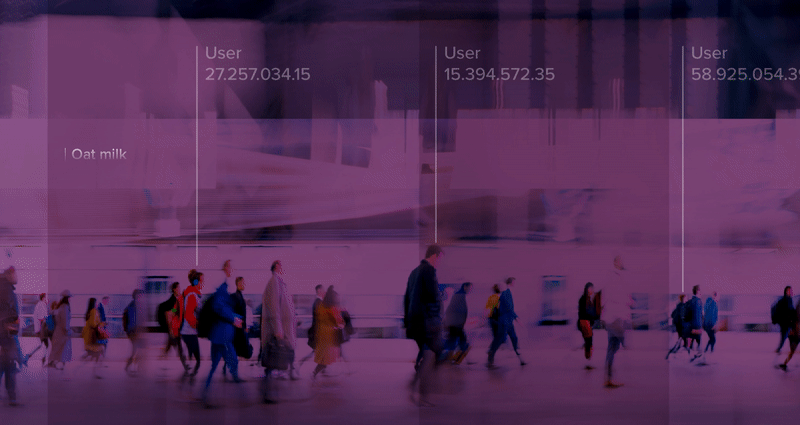Tailored online experiences that reflect relationship-dependent brands
Part 1: Tailored experiences
January 16, 2020 • 5 minute read

This is part one in a four-part series exploring how relationship-dependent brands need to tailor their audience’s online experiences as they would in other areas of business. During the four parts, we explore trends of content customization, live chat and chatbots, as well as methods of disseminating content to provide more personalized, meaningful experiences for clients on digital platforms.
. . .
. . .
Customer experience (CX)
PwC's seminal 2018 report on 'The Future of Customer Experience' provides an abundance of survey findings that prove the importance of client experience for businesses trying to differentiate themselves from competition and increase revenue.
. . .
The report discusses the importance of customer data, but also the greater control and responsibility required when collecting and using this data. We will acknowledge the potential downfalls of this in more detail in parts two and three of the series.
“Regardless of which industry brands operate in, they have one thing in common: the need to constantly adapt to the new world of digital interactions.”
I must add that in some industries, concepts such as personalized content or chatbots may seem years away. But we learn time again that UX and technology trends that do work in contemporary B2B industries usually become valuable, industry-agnostic best practices. So, if anything, here’s what the future of online brand experiences holds.
. . .
Read more in the series

Tailored online experiences that reflect relationship-dependent brands Part 4: Tailored consumption – layered infographics and stacked content

Tailored online experiences that reflect relationship-dependent brands Part 3: Tailored dialogue: chatbots vs live chat

Tailored online experiences that reflect relationship-dependent brands Part 2: Tailored content: personalization vs customization